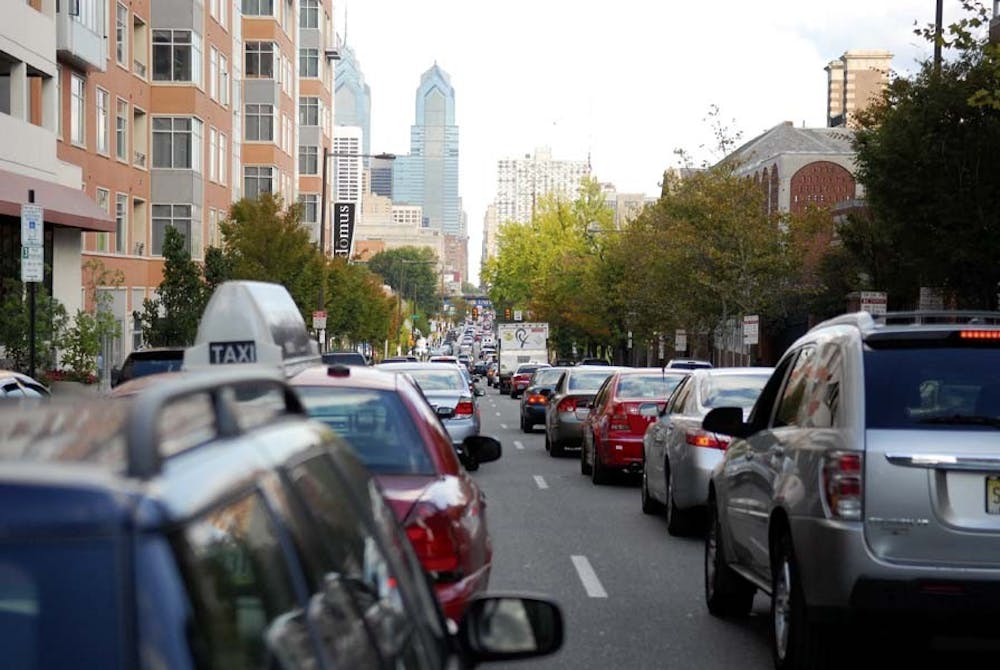
Some environmentalists are at a fork in the road concerning whether urban or rural areas are tops at producing harmful pollutants in the atmosphere.
A recent report from the Energy Information Administration - which provides governmental energy statistics - shows that, since 1980, industrialized areas in some states have significantly reduced their carbon footprints, and in many cases, produced fewer carbon emissions than their residential neighbors.
Among the states closing the gap between industrial and residential carbon emissions were Pennsylvania and Ohio, as well as Washington, D.C.
Maryland and Massachusetts produced lower industrial carbon emissions than residential.
It was once thought that almost 80 percent of greenhouse gas emissions came from cities, but this number did not include contributions from agriculture, fossil-fueled power stations and high-consumption households not close to cities.
Mark Alan Hughes, Philadelphia's director of sustainability, says he believes cities have taken the lead in energy efficiency in the United States and that Philadelphia has become a model for other cities to follow.
"Cities, by virtue of their energy-efficient buildings and commuting patterns, consume much less energy per capita than suburban areas," Hughes said in an e-mail.
He said a resident of New York or Philadelphia consumes about one-fourth of the energy consumed by the average U.S. resident.
"In a carbon-constrained future, Atlanta and Phoenix are desperately trying to re-engineer themselves into the city that Philadelphia already is," Hughes added.
But not all environmentalists agreed with Hughes' assessment.
"My assumption has always been that cities are by far the greatest source" of greenhouse gas emissions," said Penn Sustainability Coordinator Dan Garofalo.
He added that photosynthesis - the process by which plants absorb carbon dioxide and emit oxygen - generally makes rural areas produce fewer greenhouse gas emissions than cities.
Alain Plante, a Penn biogeochemistry professor, leans toward Garofalo's assessment on the issue.
"Indeed, urban centers do emit more CO2 than non-urban areas," she said. "Historically, land use change was a much larger contributor of CO2 emissions. However, since 1990, emission from fossil-fuel combustion has far surpassed those from land-use change."
The Daily Pennsylvanian is an independent, student-run newspaper. Please consider making a donation to support the coverage that shapes the University. Your generosity ensures a future of strong journalism at Penn.
DonatePlease note All comments are eligible for publication in The Daily Pennsylvanian.





